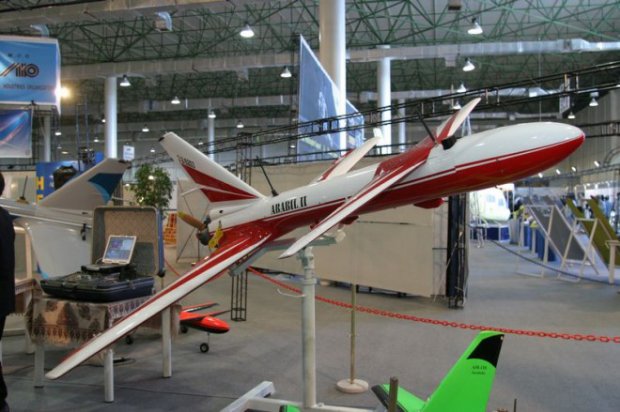Iran recently mounted the Div-e-Sepid competition, in which competitors from up to 65 teams square off by racing their homemade unmanned aircraft around Mount Damavand, Iran’s highest mountain peak.
The UAS, equipped with small cameras, fly over patches of land and sea looking to see who can spot hidden markers, relay their precise coordinates and accomplish other tasks.
The missions are supposed to get increasingly more complex as the annual contests continue. From a military perspective, the competitions’ goals are fairly anodyne: finding wood smugglers and spotting those in need of rescue on land and sea and dropping small packages of rescue supplies. But like just about any kind of technology, the capabilities can be used for a variety of purposes. A UAS able to spot that wood smuggler might also be useful for identifying targets on a battlefield.
The US military shot down an Iranian drone, an Ababil-3, flying over Iraq in 2009. And the Mullahs have been pretty full-throated in making claims about their drone production capability. Last year, it also claimed two of its drones, the Ra’d and Nazir, were “capable of conducting long-range reconnaissance, patrolling, assault and bombing missions with high precision.”
They do, however, have a habit of exaggerating their capabilities a bit too much, though. In 2010, Iran claimed to have successfully tested a “radar-evading” drone, the Sofreh Mahi (announced somewhat ludicrously in the propaganda arm Fars News next to a photo of the American B-2 bomber breaking the sound barrier). The “ambassador of death,” the bombing drone Karrar, is probably closer to an envoy of annoyance.
Iran also has a habit of outright lying about its weapons prowess in general, sometimes to the point of absurdity. While Iran has certainly made some strides in its domestic drones development, they’re likely shy of the awe-inspiring machinery of mass death the Mullahs would have you believe.
Source: Wired Danger Room

